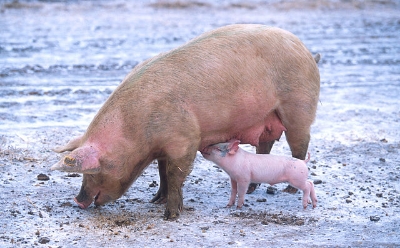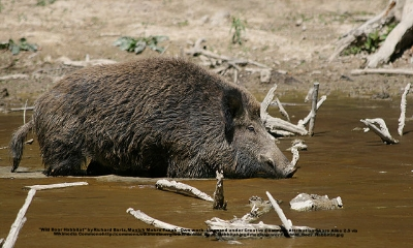Microbiome bacteria are highly adapted to their surroundings. They face constant pressure from the immune system as well as other bacteria, fungi, and even small molecules such as antibiotics. It should come as no surprise then, that many of these bacteria have undergone major evolutionary adaptations to survive the human body. Apparently, as discovered by French group and published in PLoS Genetics, one common strategy amongst many different bacteria is a shift from rod shaped to spherical shaped (coccoid).
The scientists investigated the genealogy of bacteria for the family Neisseriaceae, which have species with a high diversity of shapes, including some members from the human nasal microbiome, like Neisseria meningitidis that are spherical. In tracing the histories of this bug they noted that many other bacterial species showed a similar tendency, that is they converted from rod to coccoid after entering the nose. The researchers were even able to track down the simple genetic mutations responsible, and they noted that this mutation to coccoid conferred many fitness advantages over the rod shape. For example, the coccus shape has a higher surface to volume ratio than the rod, so that the host immune system has less surface to detect, without sacrificing as much volume in the cell.
It is interesting to look into the evolutionary developments of microbiome bacteria, because they shed light on the shared strategies of these commensals in coexisting with their host. These adaptations actually differentiate the commensals from the non-commensals which are potentially pathogenic, because foreign bacteria don’t stand a chance of evading our immune system, especially compared to bacteria that have evolved with us throughout the entirety of human history.





